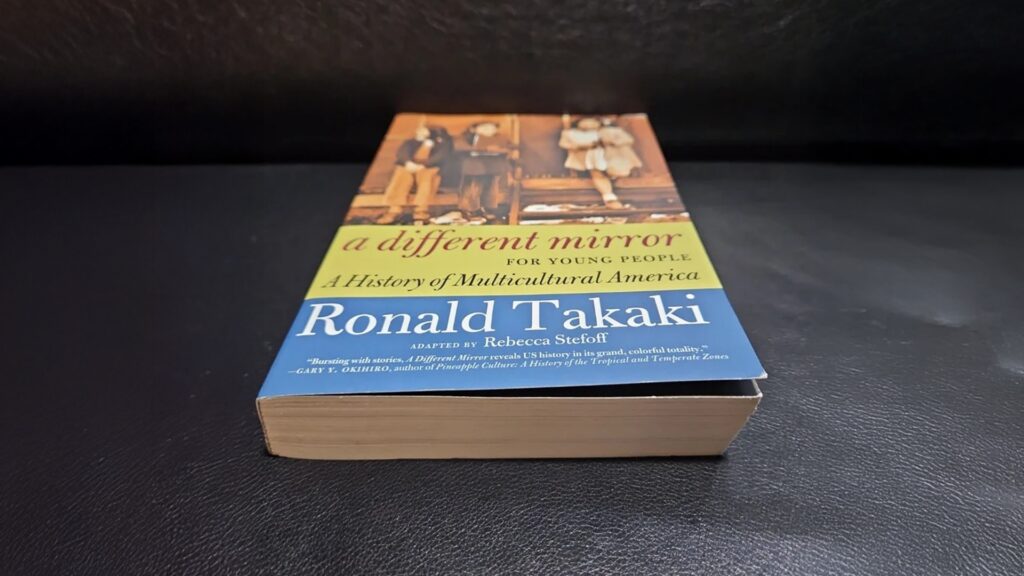
(CLAIR | Simi Valley, CA) — A big change is coming to Simi Valley high schools, and parents have a lot of questions. Starting with the Class of 2030, all students will be required to take a semester of ethnic studies to graduate. While the district works to roll out the new course, the community is debating how it will be taught, what books will be used, and how it will be paid for.
Why Is This Happening?
In October 2021, Governor Gavin Newsom signed Assembly Bill (AB) 101, making California the first state in the country to require high school students to take an ethnic studies course. The law applies to all public high schools, including those in Simi Valley Unified School District (SVUSD).
The course must be offered starting in the 2025-2026 school year, and students will be expected to complete it to earn their diploma. The goal of the course, according to state officials, is to give students a broader understanding of race, ethnicity, identity, and the contributions of different communities throughout American history.
Who’s Paying for It?
One of the biggest concerns is funding. While the law says schools must offer ethnic studies, it does not provide dedicated funding to create or implement the course.
The California Department of Finance has confirmed that no money has been set aside for this program. Even so, SVUSD is moving forward, hoping that state funding may come later.
The school board agenda states there is no immediate financial impact, but many parents are questioning how the district will pay for teacher training, materials, and other costs if funding never materializes.
What Will the Course Look Like?
That’s still being decided. SVUSD’s Diversity, Equity, and Inclusion (DEI) officer is leading a committee of educators and administrators to figure out how to integrate the course into the curriculum.
One idea under consideration is to combine ethnic studies with health and college/career readiness courses for freshman students, rather than making it a separate class. The district has also partnered with local organizations, including Strathearn Historical Park and Museum, California Lutheran University, and Moorpark College, to shape the course content.
Parents Review the Books
On February 10, 2025, Simi Valley parents and residents had a chance to review the proposed textbooks and provide feedback.
The SVUSD school board has been asked to review two books that could be used in the course:
- “A Different Mirror” by Ronald Takaki – A book that examines how different ethnic groups have contributed to shaping American history.
- “Unwritten: Oral Histories of Ventura County” – A collection of personal stories from local residents.
Parents have mixed opinions on the selections. Some support the books, saying they bring important perspectives into the classroom. Others have raised concerns, arguing that the books focus more on opinions than objective facts. Some parents have suggested adding alternative materials to ensure a balanced approach.
How Does Simi Valley Compare to Other Districts?
Simi Valley is not the first district to introduce ethnic studies. Nearby districts, including Oxnard and Los Angeles, have already started similar programs. Some have adopted state-recommended curriculums, while others have customized their courses based on local community feedback.
Discussions about how ethnic studies should be taught are happening across California, with parents, school boards, and educators all weighing in.
What’s Next?
With the 2025-2026 school year approaching, SVUSD is still refining the curriculum and gathering more feedback. Parents, teachers, and students will have more opportunities to share their input before the course is finalized.
At the state level, the funding issue remains unresolved. Some lawmakers have suggested a one-time investment to cover initial costs, while others believe AB 101 should be amended to guarantee ongoing funding.
For now, SVUSD is moving forward, balancing state requirements, community concerns, and financial realities as it prepares to introduce ethnic studies.
For parents who want to stay informed and have a say in how ethnic studies is introduced in Simi Valley schools, there are several ways to get involved. Attending SVUSD school board meetings, participating in district forums, and providing feedback on the proposed books and curriculum are all opportunities to shape the program.
With state funding still uncertain, keeping an eye on legislative decisions could also play a role in how the course develops. As Simi Valley schools evolve, this new ethnic studies requirement will be a significant addition, and its final form will depend on ongoing discussions between parents, educators, and the district.















